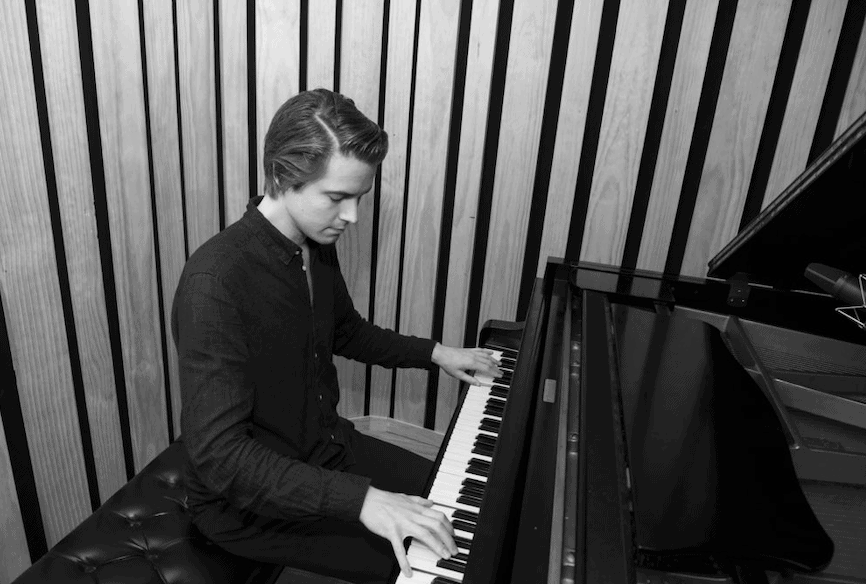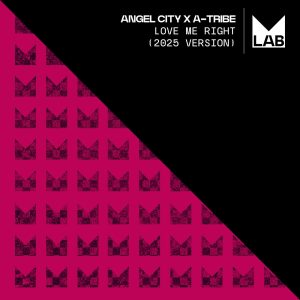Norwegian piano composer and performer Håkon Skogstad is making music his way. Classically trained and currently pursuing a PhD in classical performance, he is using Argentinean influences to create beautiful musical fusion and his own sound. This is fully realised on ‘Visions of Tango’, an 11-track masterpiece featuring Håkon on piano with the critically acclaimed Norwegian string orchestra The Trondheim Soloists and former principal violinist of the Norwegian Radio Orchestra Atle Sponberg. It even includes a four movement journey into the ‘Histoire Du Tango’ – arranged for violin and piano, influenced by Skogstad’s unique playing style.
Concerto for Piano and String Orchestra in four movements is “riff-driven classical music rooted in the rhythms, articulation and timing of the Argentine tango”. The music dances its way through the resolute, fiery and passionate, to the joyful, expressive and sublime. The piano part is a culmination of classical virtuosity and tango expressiveness. Histoire du Tango, originally written for flute and guitar by Astor Piazzolla, explores the evolution of tango – from the up-tempo and high-spirited milonga of the Bordello, through the nostalgic melancholia of the Café, to the Nuevo tango of the Nightclubs and finally – “The concert of today” – in harmonies inspired by Bartók and Stravinsky, but grounded the rhythm of a milonga.
Allegro Tangabile is an instrumental piece from the «tango operita» Maria de Buenos Aires by Astor Piazzolla. In his arrangement, Skogstad has attempted to realize the bandoneon part in the piano – a tribute not just to the music, but also to Piazzolla – the performer. Tres Minutos con la Realidad is a less known Piazzolla tango and a good example of his more provocative compositions – using contemporary harmonies of his day and thus pushing the limits of what a tango could Be. Adios Nonino is perhaps the most famous composition of Piazzolla. It was composed when Astor heard the news of his father’s passing. The piece typically starts with a piano cadenza, and the most influential pianists who played with Piazzolla made their own. Skogstad’s cadenza is in the footsteps of this tradition.







